A long-running saga has ended, and a new dawn is in sight for Everton’s weary supporters.
After a series of prospective buyers came and went, The Friedkin Group (TFG) finally struck an agreement with Farhad Moshiri in September to buy his 94.1 per cent stake at Everton.
That deal has now been finalised, following approval from the Premier League, Football Association and Financial Conduct Authority.
During Moshiri’s eight years on Merseyside, Everton initially spent lavishly in the transfer market and burnt through eight permanent managers, often with wildly differing playing styles, but have gone backwards. There have been relegation scraps and, last season, two separate points deductions for breaching the Premier League’s profitability and sustainability rules (PSR).
Now, with Everton again in the bottom half of the table and relegation a threat once more, the change in ownership offers a ray of light for the fans.

GO DEEPER
Everton takeover confirmed by The Friedkin Group
So for those who have not been keeping a close eye on things, here is what has been happening with Everton’s takeover and what it all means…
Who are the key figures of The Friedkin Group?
The chairman and chief executive of TFG is 59-year-old Dan Friedkin, an American billionaire who made his money selling cars. He sits on the board of the European Club Association, which represents the interests of professional clubs in Europe.

GO DEEPER
Pilot, stuntman, billionaire businessman – meet potential Everton saviour Dan Friedkin
Since 2020, TFG has owned Roma in Serie A, who it bought for around $700million (about £550m) from another American, Jim Pallotta. Friedkin’s 34-year-old son, Ryan, is a keen football fan and plays a key role at the Italian club.

Ryan, left, and Dan Friedkin watching Roma in January (Massimo Insabato/Archivio Massimo/Mondadori Portfolio/Getty Images)
Marc Watts is president of TFG, while Brian Walker has been vice president of the sports investment strategy and development at Roma. Roundhouse Capital Holdings Limited (Roundhouse), an entity within TFG, now officially owns the club with Watts becoming executive chairman at Goodison Park and responsible for running the club while Dan Friedkin will become the chairman of the board.
Ana Dunkel, TFG’s chief financial officer and Colin Chong, the club’s interim CEO, will be on the board too. Further appointments are expected in the coming weeks, the club say.
How much are they worth and where does it come from?
Dan Friedkin’s personal wealth is estimated at $8.2billion (£6.4bn), according to Forbes.
TFG, which is based in Houston, Texas, has an annual revenue of around $13billion (£10bn) and 11,000 employees.
Their family fortune comes from Gulf States Toyota, founded by Dan’s father Tom in 1969, which has grown to become one of the world’s biggest distributors of Toyota vehicles and parts.
Since then, and after Dan became CEO in the 1990s, TFG has moved into other sectors, including luxury resorts, golf courses and sport.
As well as owning Roma, they acquired Cannes, who play in the fourth tier of French football, last year.
As seen on its website, TFG has also branched out into films, creating the Imperative Entertainment studio in 2014, which produced Killers of the Flower Moon, directed by Martin Scorsese and starring Leonardo DiCaprio, which was nominated for 10 Oscars back in March as well as the Neon studio in 2018, which was behind the South Korean film Parasite, which won four Academy Awards two years later.
Why Everton?
There have been several potential suitors swirling around Everton since Moshiri agreed to sell last year. The big attraction for would-be buyers has been their shiny new stadium at Bramley-Moore Dock, which opens next season.
While the homely Goodison Park, with its 39,572 capacity, is one of England’s great historic grounds, the new 52,888-seater venue on the Merseyside waterfront should help take Everton to the next level. It has, for example, already been selected as one of the stadiums for the 2028 European Championship, hosted by the United Kingdom and the Republic of Ireland. In an interview with UK radio station talkSPORT in January last year, Moshiri described it as a “£760million project”.

Everton’s new stadium at Bramley-Moore Dock, pictured in October (Carl Recine/Getty Images)
But it is not solely the new stadium that has drawn interest in Everton. The club, Premier League ever-presents last relegated from the top flight in the 1950s, have a passionate, loyal following and a rich history, having been champions of England nine times, lifted the FA Cup on five occasions and won European football’s now-defunct Cup Winners’ Cup in 1985.
Everton also boast an impressive Category 1 academy at their Finch Farm base, where the first team also train, that has brought through the likes of Wayne Rooney, former captain and record goalscorer for England’s national team, Ross Barkley and Anthony Gordon.
Has the process gone smoothly?
Most definitely not — it has been a rocky road to reach this stage.
To start with, there was a flirtation between Moshiri and the KAM Group. Talks with MSP Sports Capital over a potential minority stake broke down. Then there was the long-running saga of a proposed takeover by 777 Partners that was mired in controversy, with concerns over its funds. That too ultimately fell through.

GO DEEPER
Explained: What the failed 777 Partners takeover means for Everton
With 777 Partners out of the picture, TFG was granted exclusivity for talks with Moshiri in June. However, talks then ended, appearing to clear the way for John Textor, a U.S. businessman whose Eagle Football Group have a minority stake in fellow Premier League side Crystal Palace.
But in a final twist, TFG circled back and agreed to buy Moshiri’s stake on September 24.
What is TFG’s track record with Roma?
TFG bought Roma in summer 2020 and its arrival initially helped galvanise the fanbase.
They hired hugely-successful manager Jose Mourinho, who won the first ever Europa Conference League final, UEFA’s new third-tier competition, in May 2022. It was Roma’s first trophy for 14 years, sparking wild celebrations in the Italian capital. They almost went one better the following season, losing to Sevilla in a penalty shootout in the final of the second-tier Europa League.
But as results flatlined, Mourinho was fired, with popular former captain Daniele De Rossi hired as his inexperienced replacement in January this year. After being granted a three-year contract, De Rossi was heavily backed in the summer transfer window, only to be dismissed just four matches into the current Serie A campaign (three draws, one defeat), infuriating the supporters.

A supporter held up a jersey with De Rossi’s name on it in October (Alberto Pizzoli/AFP/Getty Images)
In the wake of the ferocious backlash, CEO Lina Souloukou stood down days later.
In a statement after De Rossi’s sacking, that was published on the club’s website, Dan and Ryan Friedkin wrote, “The decision to part ways with him was incredibly difficult, but we made it with the belief that it gives us the best opportunity to compete for trophies this season. We remain active investors in the sports industry. We love the beautiful game.
“The potential addition of Everton to our portfolio does not alter our focus on Roma. If anything, the multi-club symbiosis will only help Roma. Each club in our portfolio operates independently and Roma remains at the heart of our football ambitions. Rest assured, our commitment of time, resources, and energy to Roma will not be diminished. Our goal is clear — to see Roma consistently compete at the highest levels of European football.”
De Rossi’s successor, Ivan Juric, lasted just 12 matches with the club in the bottom half of the table, before Claudio Ranieri, who hails from the city, returned for his third spell in charge at the age of 73, restoring that emotional tie. He will stay in that role for the rest of the season, before moving into an advisor role to the owners.
To date, TFG has invested around €1billion (£826m/$1.1bn) at Roma but failed in its quest to secure qualification for the Champions League. However it has boosted commercial revenues, invested in the women’s team, and there are plans for a new stadium.
And what about Cannes?
In the summer of 2023, TFG bought Cannes, a semi-professional club in the south-of-France resort city synonymous with the film industry. A former Ligue 1 side who count Zinedine Zidane and Patrick Vieira among their former players, they currently play in the Championnat National 2, the French fourth tier.
“We look forward to doing everything we can to ensure the club competes for promotions and is one the fans and this city can be proud of,” Ryan Friedkin said after TFG took control and he was installed as club president.

Cannes’ stadium, pictured in 2017 (Valery Hache/AFP/Getty Images)
Felicien Laborde, who worked on the commercial side at top-flight neighbours Monaco, was hired as general manager in January, while Sebastien Perez, part of the recruitment team down the Mediterranean coast at Marseille, arrived as sporting director in April.
However, it has been tough going.
Cannes finished fifth in their first season but have only three two matches out of 12 in this one. They are ninth out of 16 teams in their league.
In the summer, they signed 17 players, many of them household names for France’s lower divisions. For example, Florian Raspentino, Maxime Blanc, Mamadou Kamissoko, Arnaud Balijon and Cheikh Ndoye used to play for Marseille, Lyon, Bordeaux, Reims and Birmingham City respectively. However, this strategy of targeting ageing players — the majority in their late twenties or thirties — appears to have backfired, with manager Fabien Pujo sacked in October.
A source with an understanding of the inner workings of the club, who wished to remain anonymous to protect relationships, told The Athletic: “It’s a case of growing too fast but not necessarily focusing on where to grow fast. The magic didn’t happen, there wasn’t any real consistency and it showed from the beginning.
“Their budget this year is €6million (£5m/$6.3m) or €7m — which is around €5m or €6m more than the (division’s) next biggest team. A budget of €7m would put them in the top third (of the table) in the third division, or at the bottom of (second-tier) Ligue 2. So they are overpaying for third-division players in the fourth division.”
In response, a spokesperson for TFG admitted to The Athletic that results had been below expectation, but added it was still early in the season. They pointed out that Cannes have won their last two league matches 4-1 and 3-1 and how the project was a long-term investment, with the medium-term goal of becoming a stable club in Ligue 2.
What does it mean for Everton on and off the pitch in the short term?
New owners bring fresh ideas, and so everyone will be under the microscope — including manager Sean Dyche and Kevin Thelwell, the director of football, who are both in the final year of their contracts.
TFG will install its own executive team — Everton have an interim board that has been in place much longer than expected — and has brought in Nolan Partners, a sports executive recruitment company, to identify a new CEO, as The Athletic previously reported.
Fan frustration was building after a feeble 4-0 loss away at Manchester United on December 1, although Everton followed that up with a resounding 4-0 win of their own, at home to Wolverhampton Wanderers, easing the pressure on Dyche, who revealed before the latter game that he’d had no contact at that point with the prospective new owners.
TFG’s priority, and Dyche’s, between now and the final round of games in May will be to secure top-flight status for next season.

It is unclear whether Everton’s new owners will want to keep Dyche in situ (Lewis Storey/Getty Images)
Will they spend in January?
As The Athletic referenced in this piece, it is all very much a waiting game.
It is likely to be more of the same from Everton — namely tapping into the loans market, transfers involving small fees and structured deals where payments are staggered — with Thelwell and head of recruitment Dan Purdy playing a key role.
Nobody is ruling out Everton doing some January business, but the deals would have to be right.
With just 12 senior players contracted for next season, the squad needs an overhaul, but most changes are likely to come in the summer.
(Top photo: Dan Friedkin and Ryan Friedkin in 2022, photo: Massimo Insabato/Getty Images)

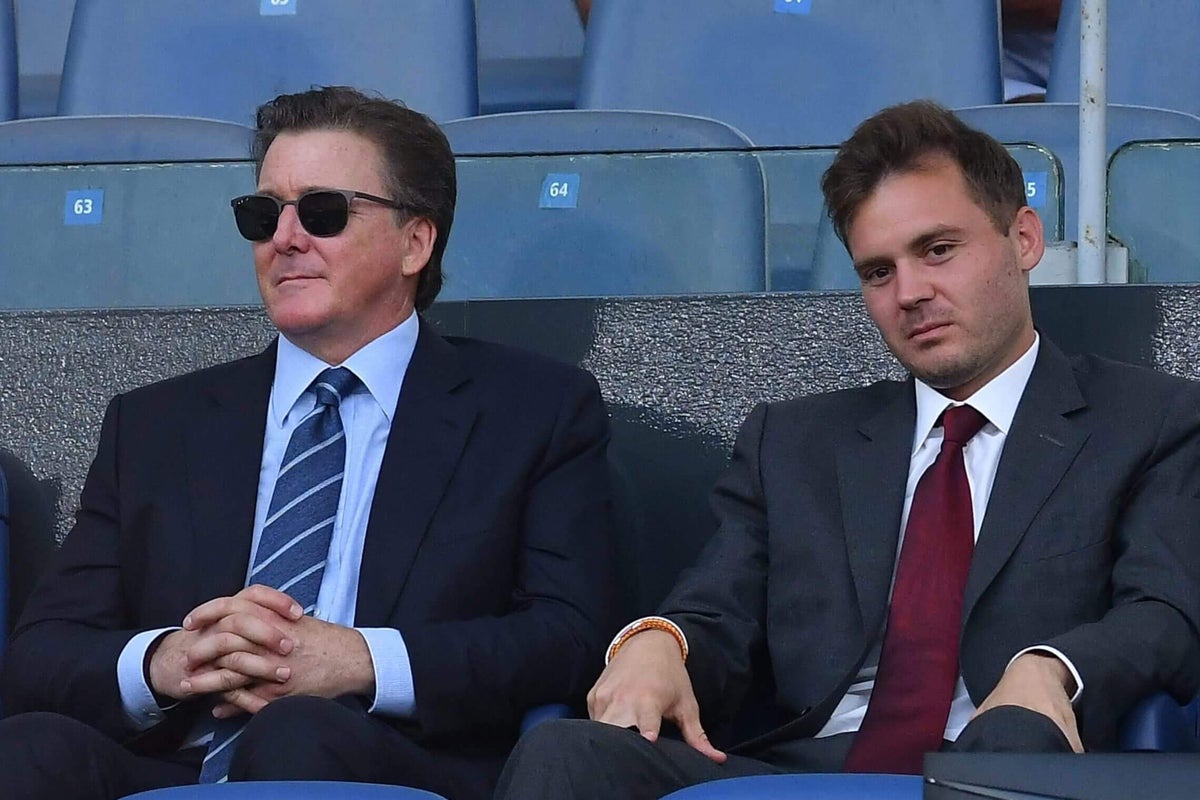

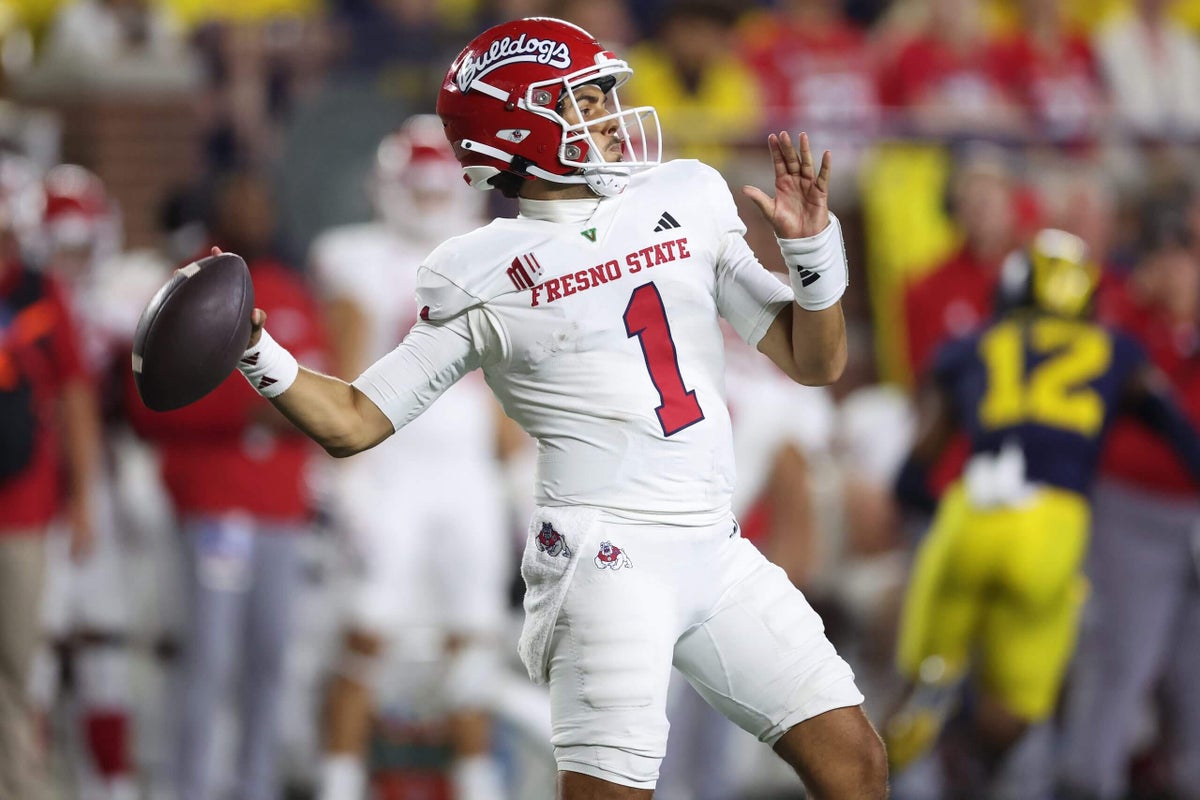


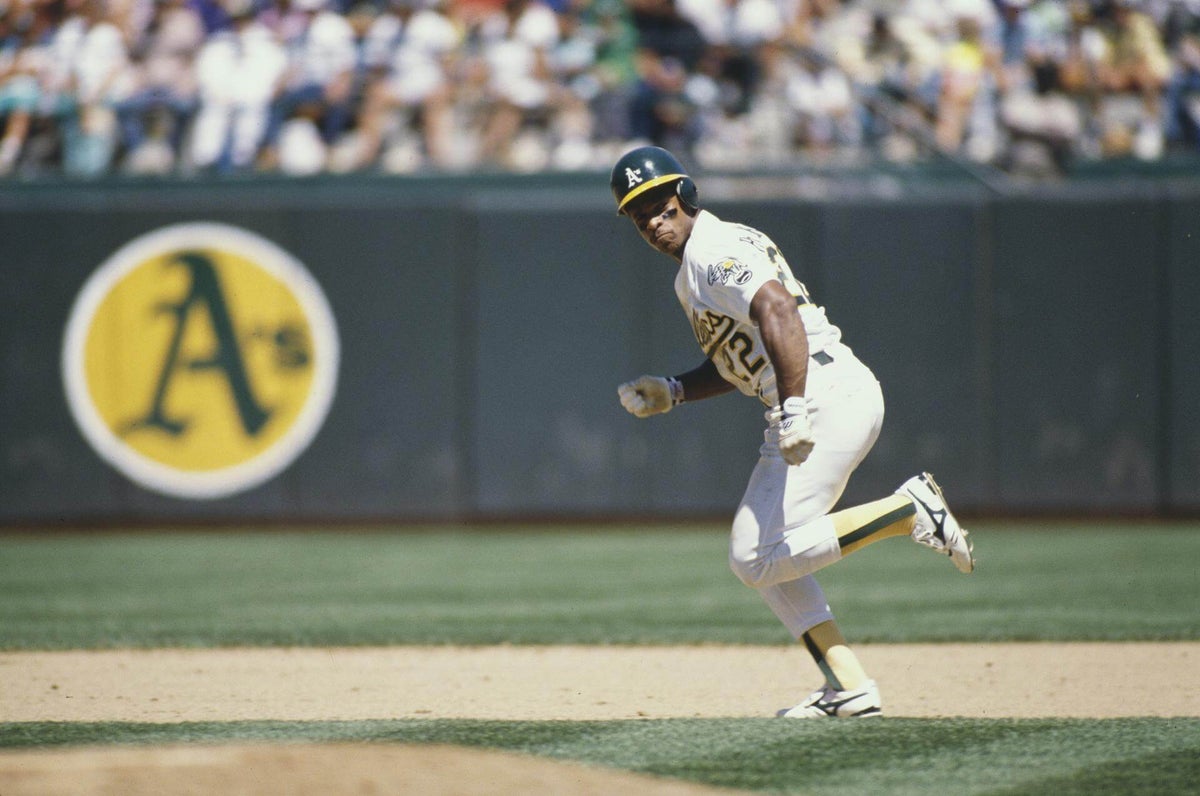


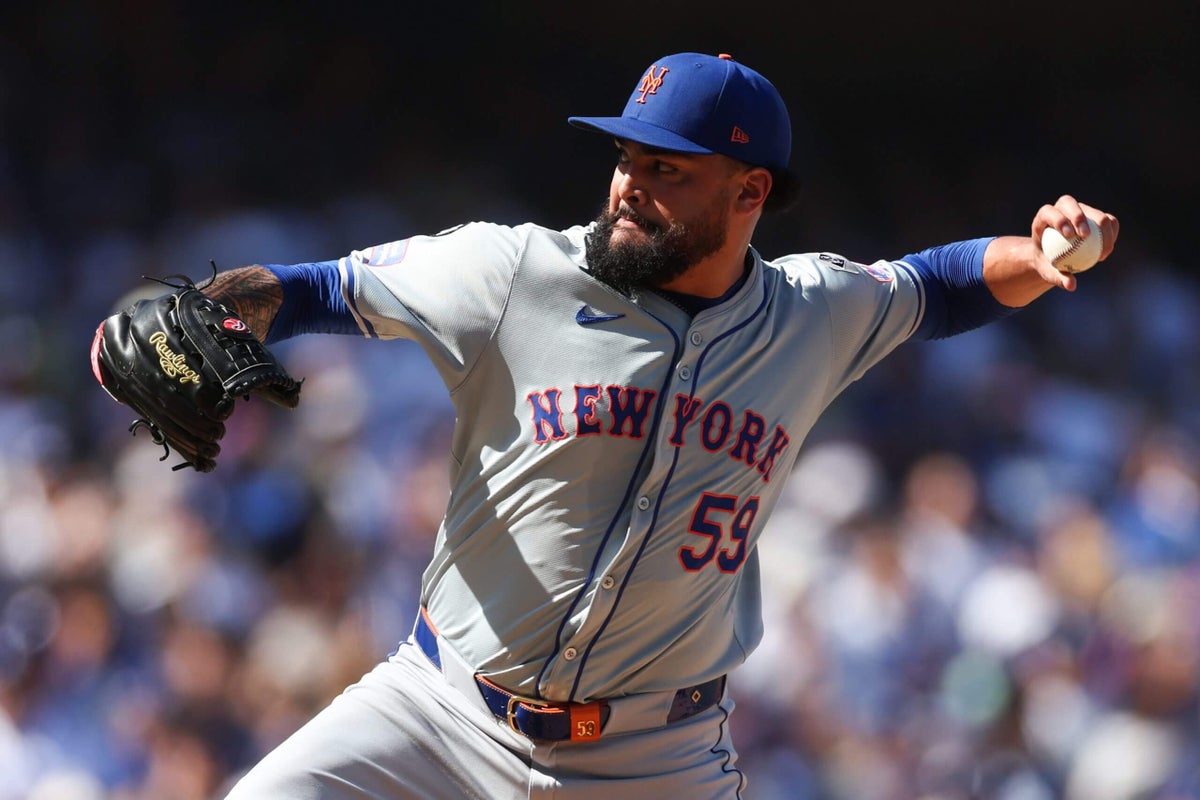
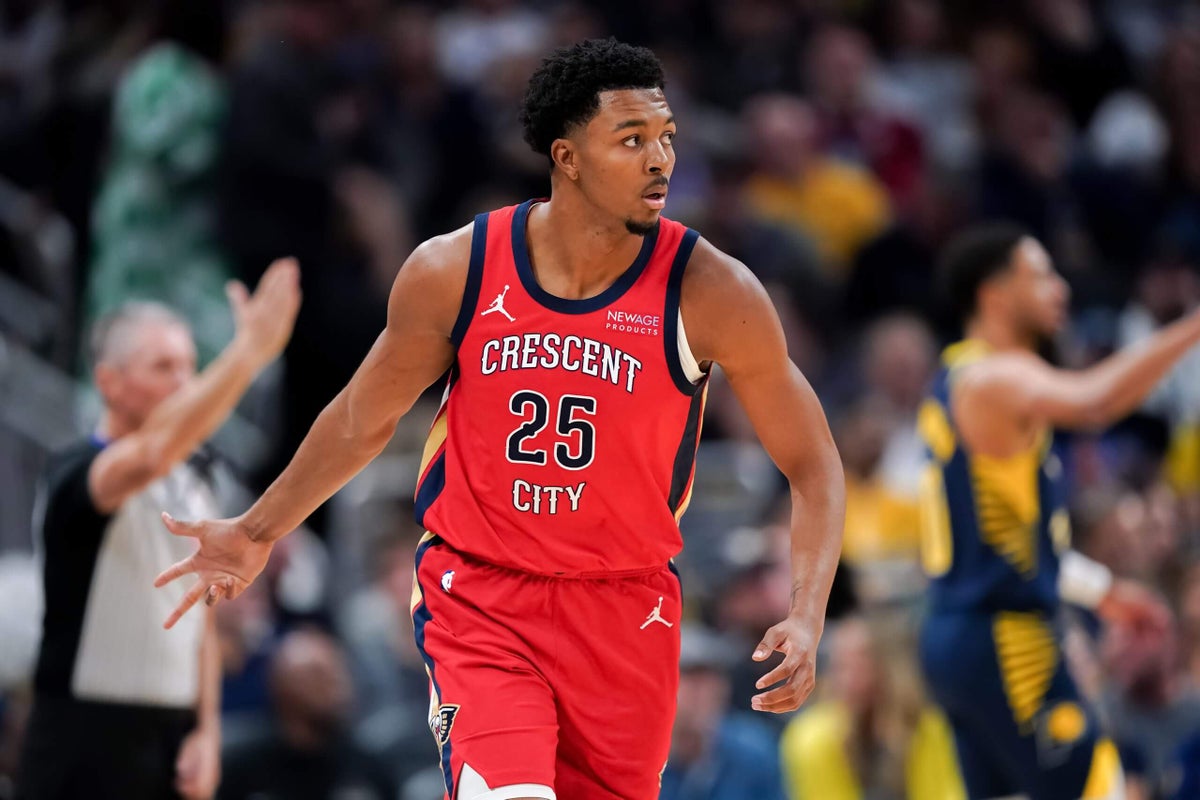

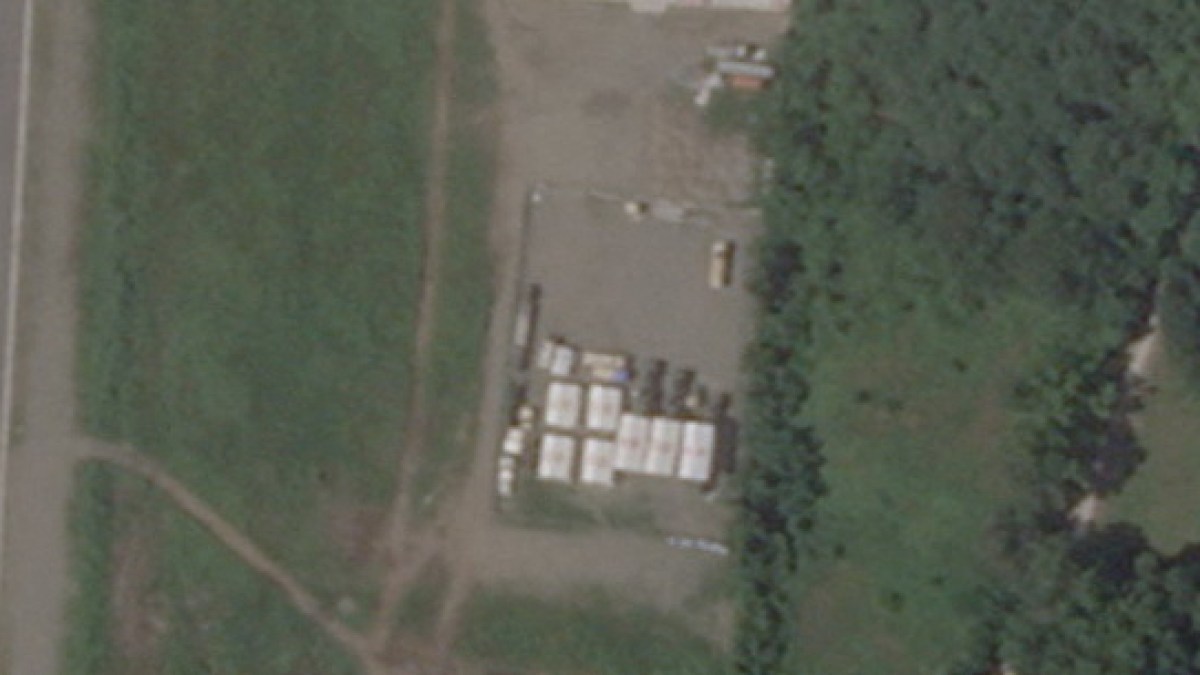
Leave a Reply